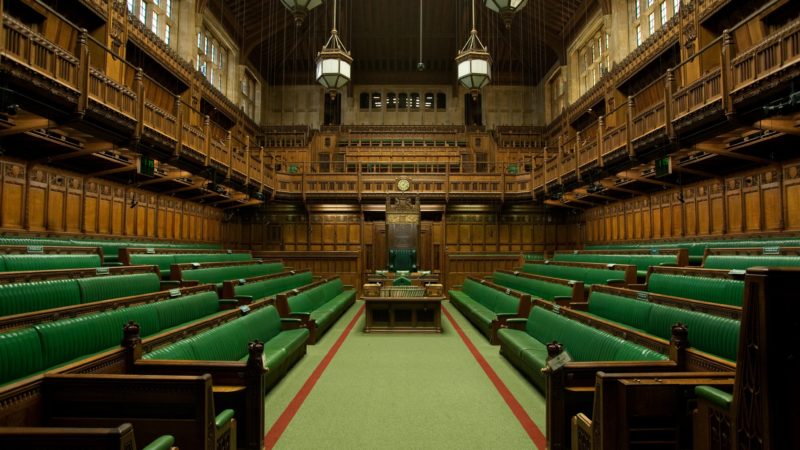
Boundary changes that are expected to be pushed through by the government would see the Conservative Party increase its majority to 104 if the 2019 general election result were repeated.
Based on the 2019 distribution of votes, analysis by Electoral Calculus shows that the Tories would end up with 352 seats compared to their current 365. Labour would see its 202 MPs reduced to 174.
This would mean that the Conservatives would have twice the number of MPs as Labour, based on the 44% of the vote they won compared to the 32% secured by the main party of opposition.
According to the fresh research, the SNP would lose one of its representatives while the Lib Dems would see their parliamentary party reduced by four.
The changes are intended to reduce the overall number of MPs in the House of Commons, slimming down the legislative body from 650 to 600 parliamentarians.
The downsizing affects all regions and nations in the UK. Wales would see the biggest change, ending up with 11 fewer constituencies than its current number.
58 seats are set to ‘disappear’, which means they will be split into fragments with none of those fragments forming the largest part of any new seat.
Labour MPs who would see their constituencies disappear include Diane Abbott in Hackney North, Ian Lavery in Wansbeck and Stephen Kinnock in Aberavon.
Eight new seats would be created by the changes. Of those, just two are projected to return Labour majorities: Shoreditch and Bethnal Green in the Hackney area, and Leyton and Stratford in East London.
Labour would lose 12% of its seats in England while in Wales the party would see a 27% reduction in the number of constituencies with Labour MPs, based on the election earlier this month.
Jeremy Corbyn’s party is also projected to lose Ian Murray’s constituency of Edinburgh South, which is the only seat it currently holds in Scotland.
The review, originally initiated by the Conservatives but shelved by Theresa May when she lost her majority, would redraw the boundaries to make each district the same size.
Under the changes, each parliamentary constituency would have around 75,000 voters. There are currently large variations in population between some districts.
The Scottish seat of Na h-Eileanan an Iar only has 22,000 voters, for example, while the Isle of Wight constituency has an electorate of 111,000.
Having secured the largest Tory majority since 1983, the boundary review is just one of several steps the Prime Minister could take to consolidate Tory control of parliament.
The Conservative manifesto pledged to introduce voter ID checks at future elections. The government states that this is necessary to combat electoral fraud, despite very low rates of impersonation.
The Queen’s Speech also announced that the government would repeal the Fixed-Term Parliaments Act, allowing the Prime Minister to set the date for the next election.




More from LabourList
Labour justice minister puts pressure on Tories over shadow attorney general representing Russian oligarch
New Years Honours 2026: Full list of Labour figures being awarded
What are Labour figures proud of this year – and what are their hopes for 2026?